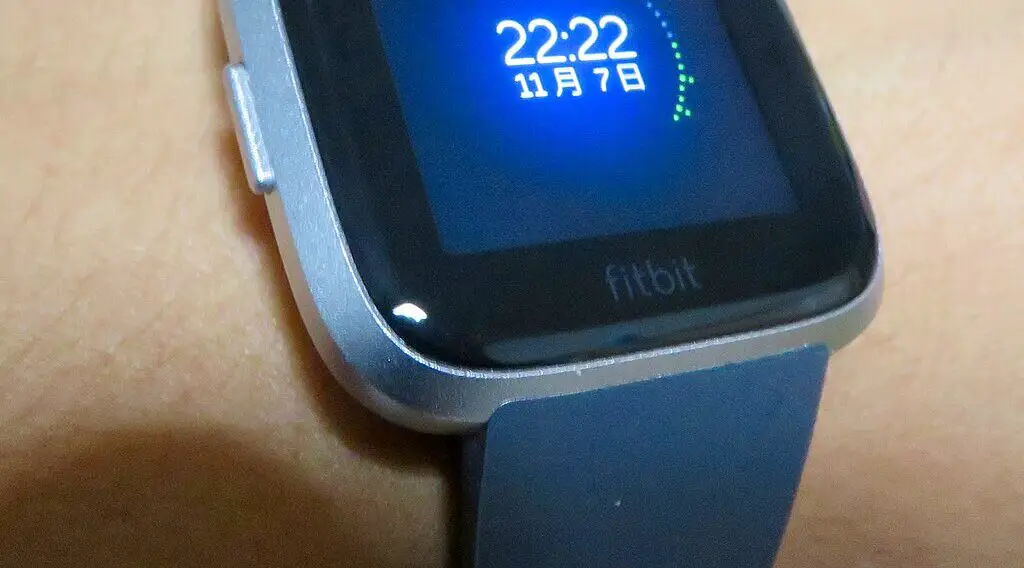If you’re experiencing an issue where your Fitbit time is 10 minutes slow, this step-by-step guide is designed to help you resolve this problem efficiently and effectively.

Understanding why your Fitbit Time is 10 Minutes Slow
Before diving into the solutions, it’s crucial to understand why your Fitbit time is 10 minutes slow. Factors that may contribute to this issue include software bugs, sync issues with the connected device, and incorrect time zone settings on either the Fitbit or the phone it is paired with.
Once you have an understanding of these possible reasons, the process of troubleshooting becomes much easier.
Fitbit Time is 10 Minutes Slow Solutions
Do the following solutions if your Fitbit time is 10 minutes slow.
Check Internet Connection
Because Fitbit devices pull time information from the smartphones or computers they are connected to, the Internet connection on your primary device is crucial. Here’s how to verify your Internet connection:
Wi-Fi: Open the ‘Settings’ app on your smartphone, tap on ‘Wi-Fi’, and ensure you’re connected to a stable network. If there are issues, try disconnecting and reconnecting.
Check out this Motorola Moto G 5G smartphone listed on Amazon.
Cellular Data: If you’re using cellular data, check that you have an active data plan and good reception. Turn off the data and turn it back on to refresh the connection if needed.
If your phone isn’t connected to the Internet, your Fitbit will not sync the correct time. Once the Internet connection is stable, proceed to the next step.
Restart Your Fitbit
Restarting your Fitbit can resolve minor software glitches that may be affecting the time display. The restart process differs slightly depending on your Fitbit model, but here’s a general guide:
Locate the Button(s): Your Fitbit will have one or more buttons. Refer to your model’s manual to find them.
Press and Hold: Hold down the button(s) until you see the Fitbit logo on the device’s screen.
Release and Wait: Once the logo appears, release the button(s). Your device will restart. Wait until it’s fully powered on.
Sync Your Fitbit
Once your Fitbit is restarted and your Internet connection is verified, the next step is to sync the device. This is how:
Open Fitbit App: Locate and open the Fitbit app on your smartphone.
Find Your Device: Your device should be listed on the Fitbit app dashboard. Tap on it.
Initiate Sync: Pull down on the dashboard screen to start the sync process. You’ll see a spinning icon indicating that syncing is in progress.
Confirm Time Update: Check the time on your Fitbit to see if it has updated correctly.
Check Time Zone Settings
Incorrect time zone settings can be the culprit behind the wrong time display. Here’s how to correct it:
Open Fitbit App: Navigate to the Fitbit app on your smartphone.
Go to Device Settings: Tap on your device listed in the dashboard, then look for ‘Settings’ or ‘Device Settings’.
Find Time Zone: Scroll through the options until you see ‘Time Zone’.
Set Correct Zone: Make sure it’s set to the time zone you are currently in. If not, change it.
Update Firmware
Lastly, outdated firmware might have bugs that affect time syncing. Updating your Fitbit’s firmware can resolve this issue:
Open Fitbit App: Locate and open the Fitbit app on your phone.
Look for Update Notification: If there’s a firmware update available, you’ll see an ‘Update Available’ notification within your device’s settings on the Fitbit app.
Initiate Update: Tap on the notification and follow the on-screen instructions to update your Fitbit’s firmware.
This update may take some time and your Fitbit may restart during this process. Once completed, check if the time issue is resolved.